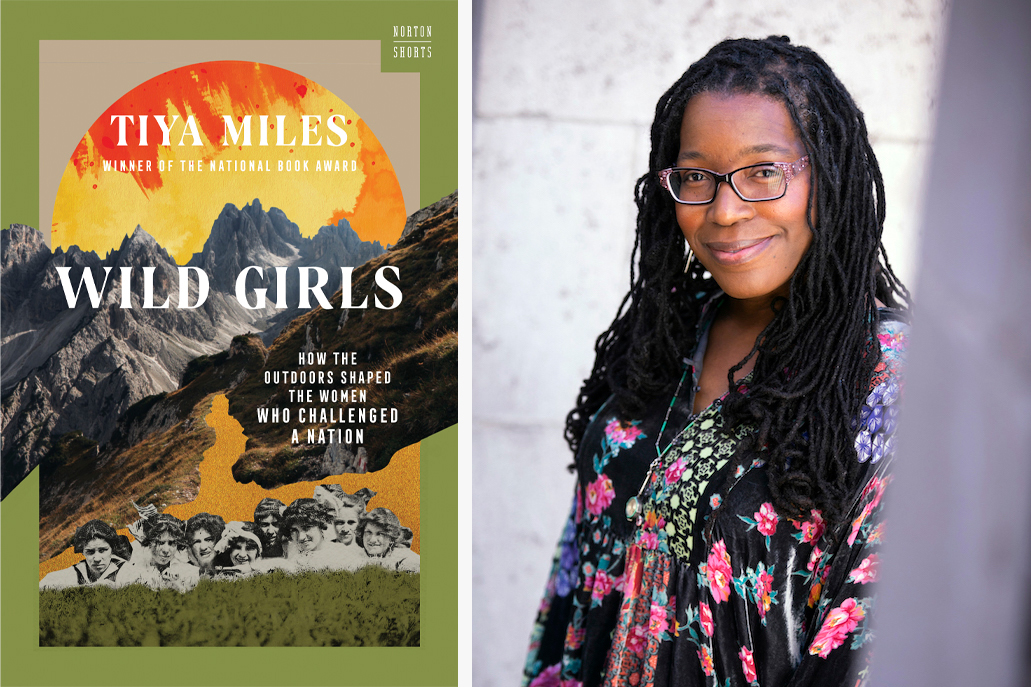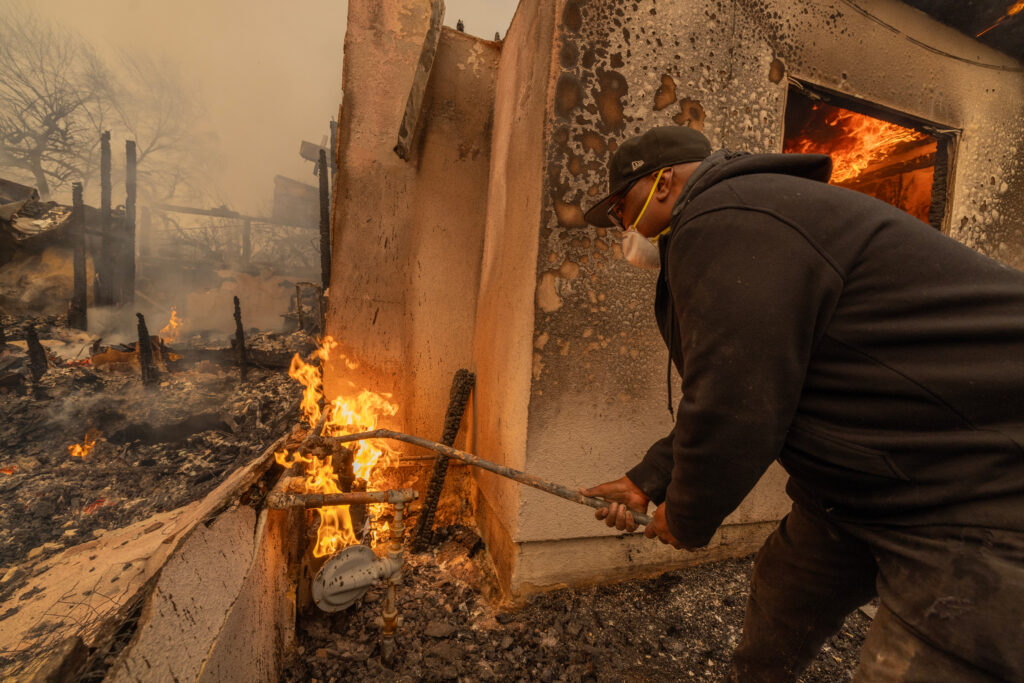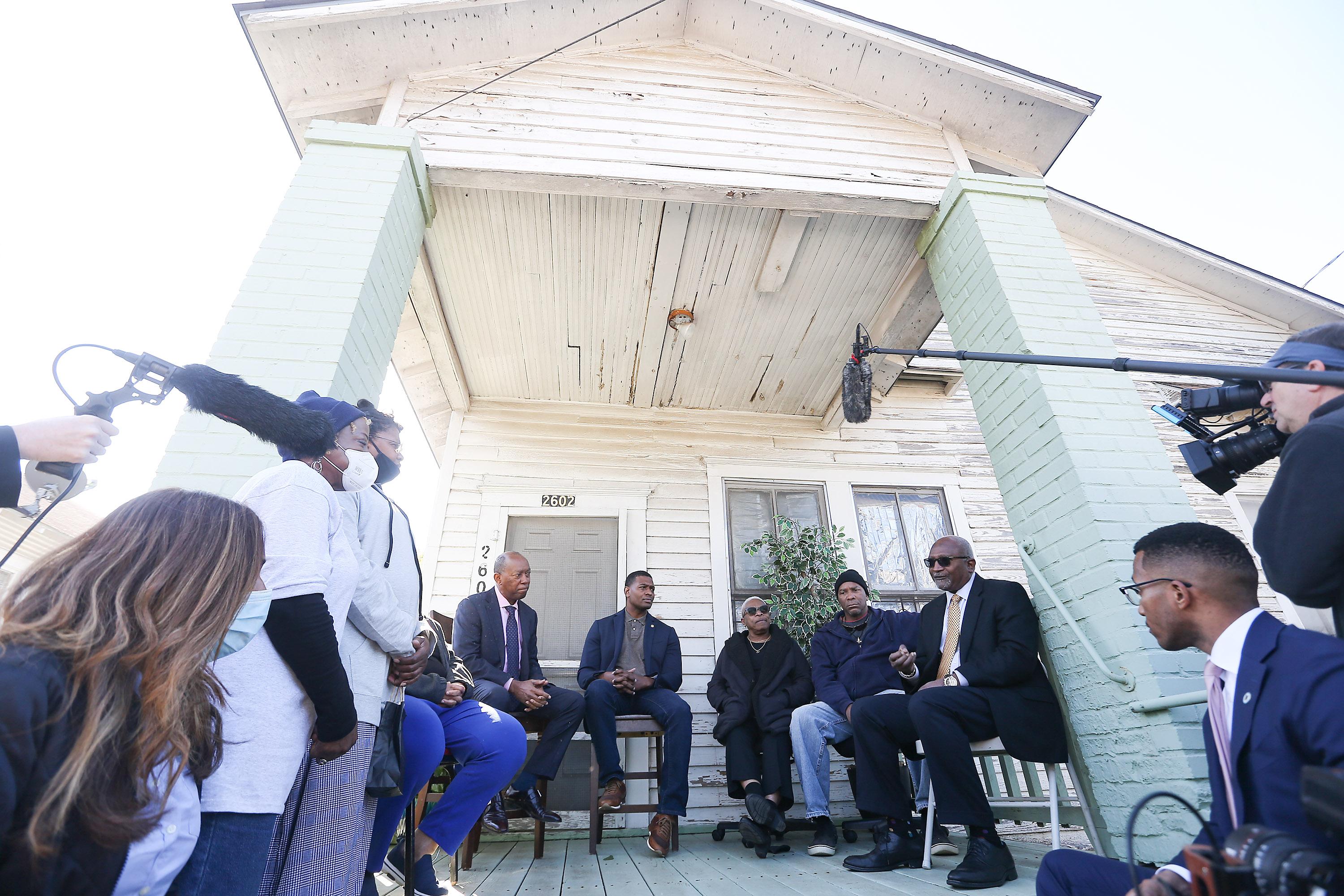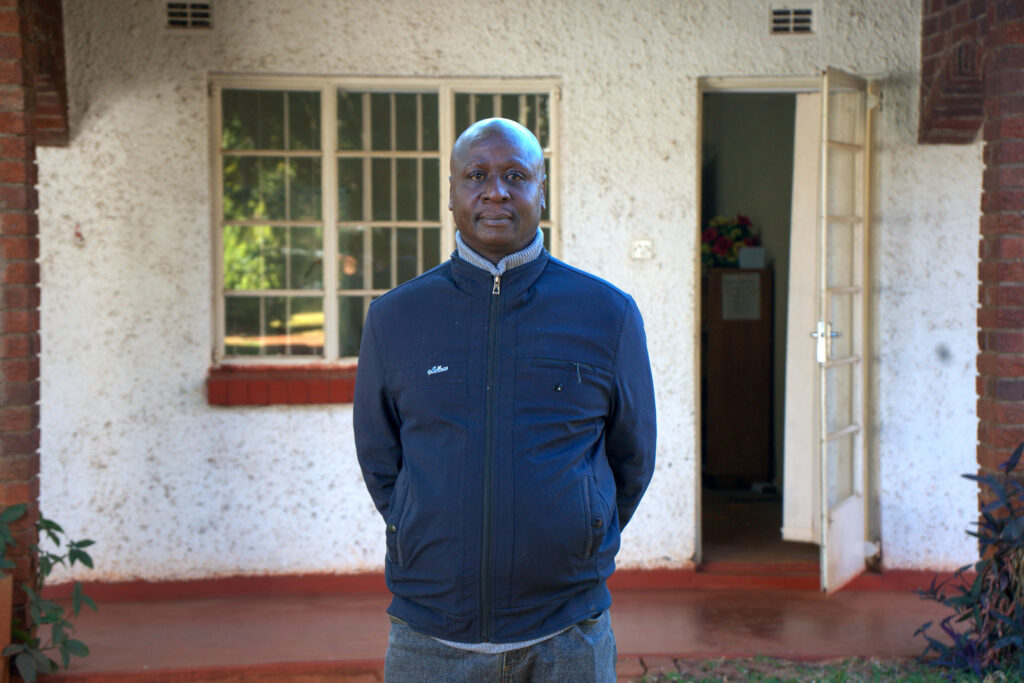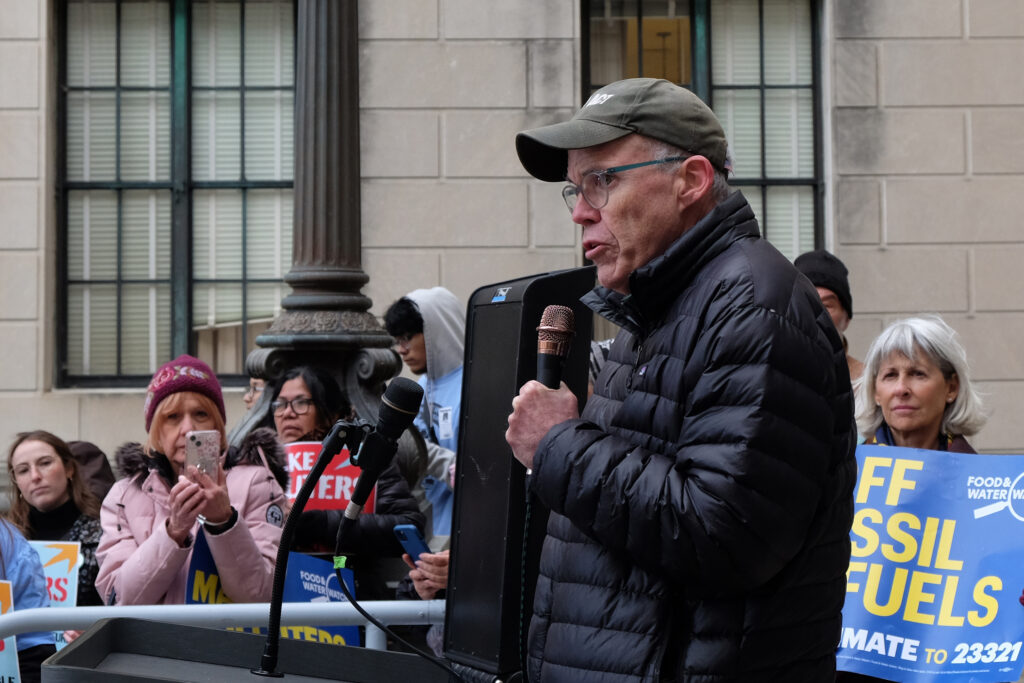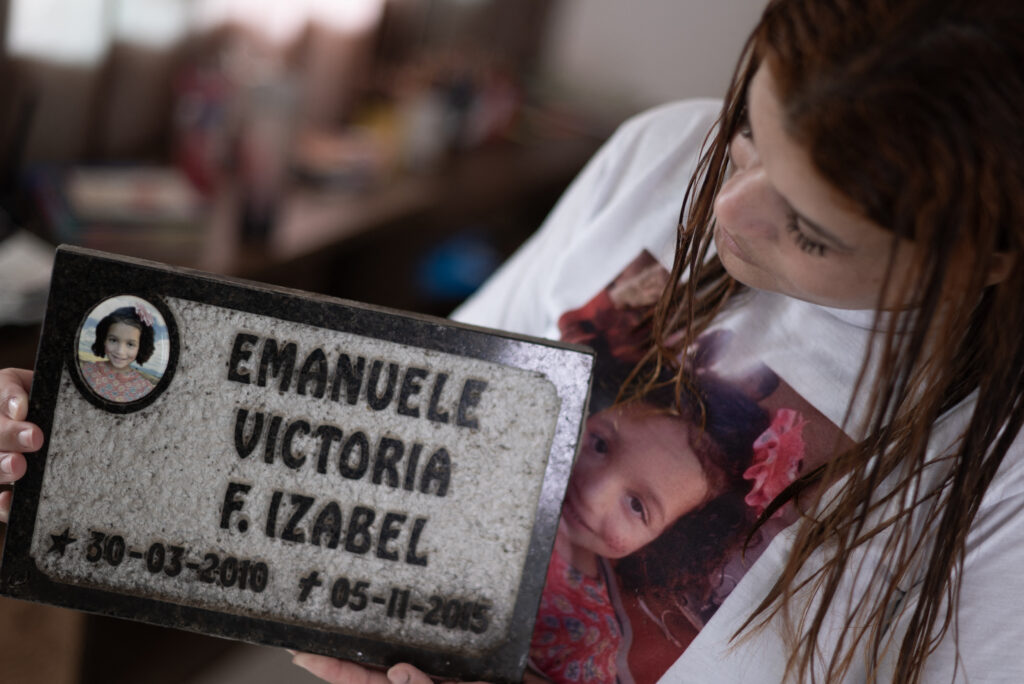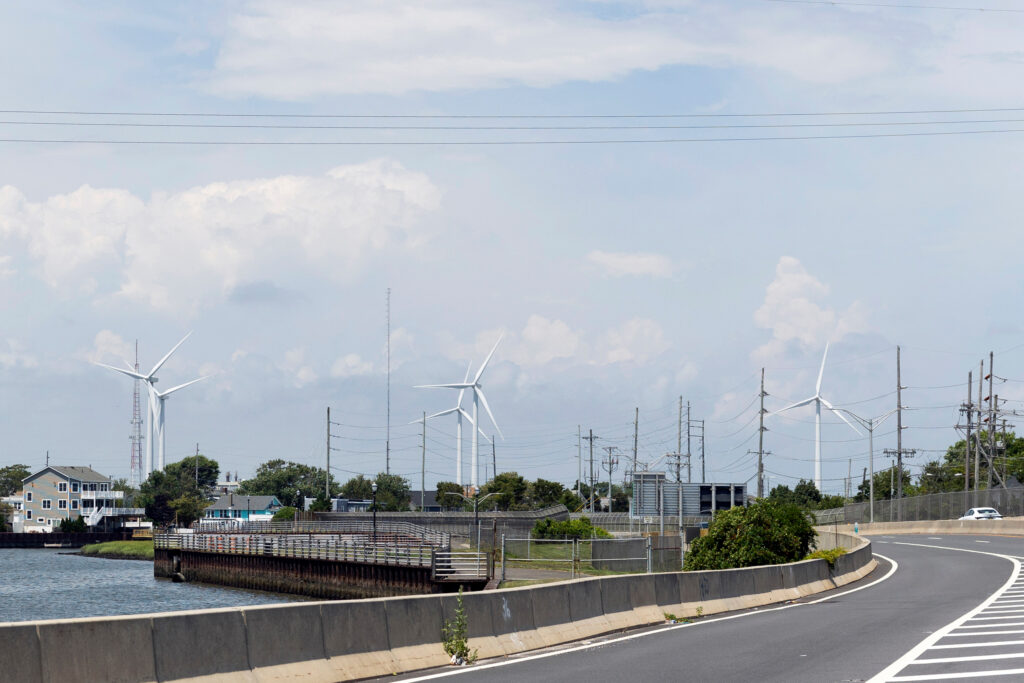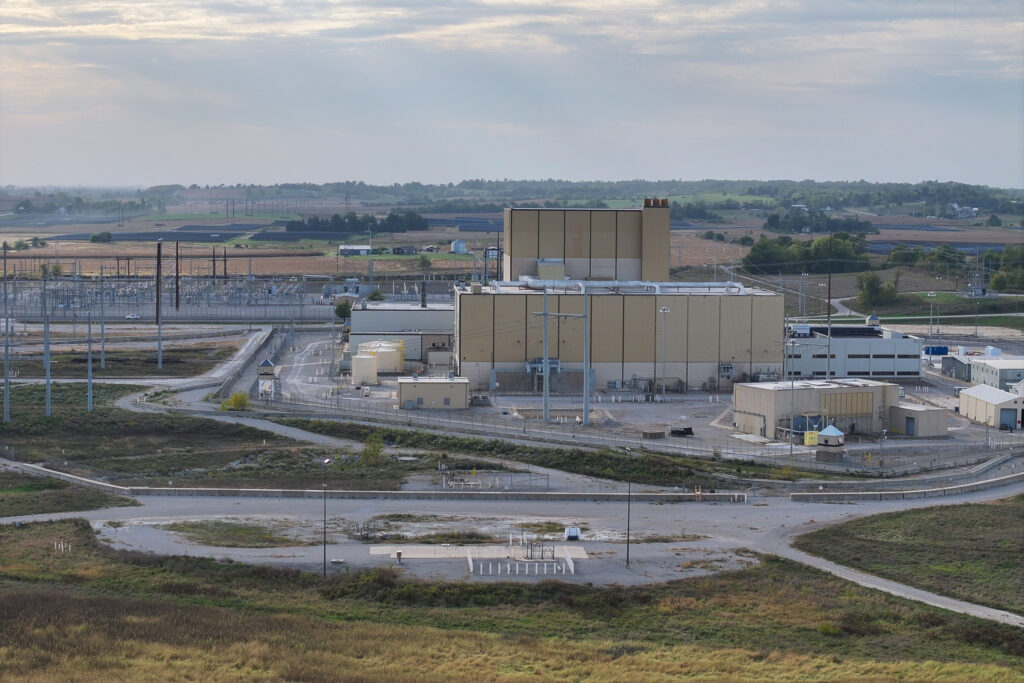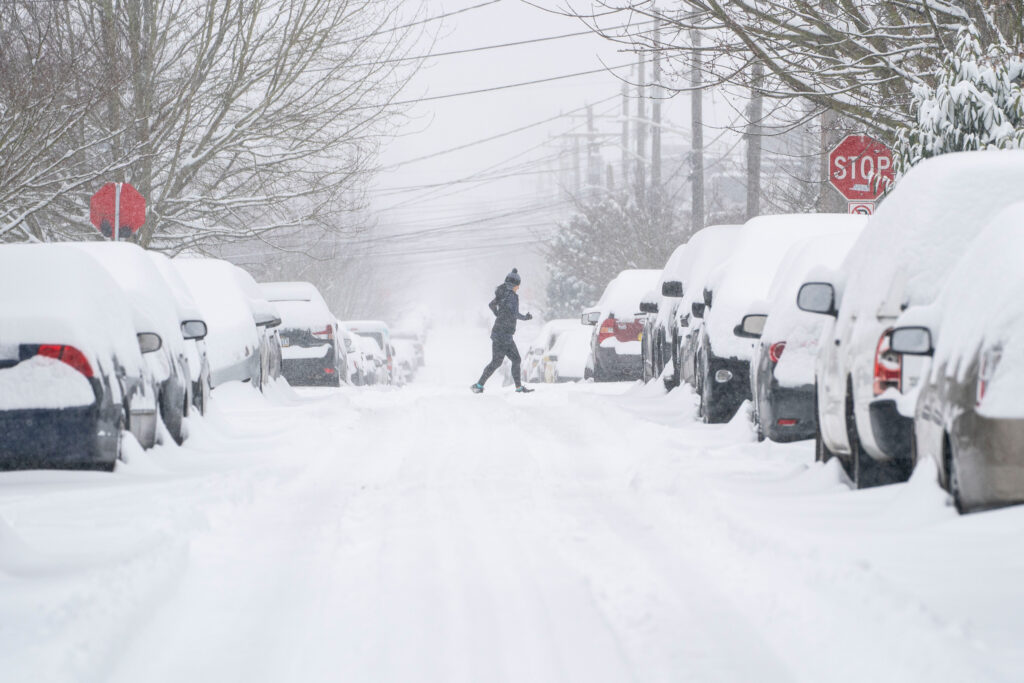From our collaborating partner “Living on Earth,” public radio’s environmental news magazine, an interview by Paloma Beltran with Tiya Miles, a professor of history at Harvard and author of “Wild Girls: How the Outdoors Shaped the Woman Who Challenged the Nation.”
Harriet Tubman talked about how she was a “neglected weed.” She recognized the way in which she was being mistreated as a child and she also associated herself with a kind of living thing that is incredibly tough and resilient.
During the 19th century, the ability to spend time in nature helped free some girls from restrictive social norms and turned them into pioneers. Abolitionist Harriet Tubman, novelist Louisa May Alcott, Native American writer Zitkála-Šá and farmworkers’ champion Dolores Huerta all shared a connection to the natural world in their girlhoods.
In Tiya Miles’ 2023 book “Wild Girls: How the Outdoors Shaped the Women Who Challenged a Nation,” the historian reveals how playing and working outside as girls prepared them to lead the way toward gender equality, abolition and more. Miles won the National Book Award in 2021 for her nonfiction book, “All That She Carried.” This interview has been edited for length and clarity.

PALOMA BELTRAN: Tell me about the complicated social context in which these “wild girls” grew up.
TIYA MILES: Most of the book is describing experiences that take place in the 19th century. This was a period of extreme restriction, constriction, oppression for many different populations of girls living on these lands. It was a period as we know, of enslavement. It was a time when boarding schools, organized and funded by the federal governments, were created to compel Native American, quote, “education.” It was a time when girls of any class at any background were expected to “know their place,” in a sense, when it came to gendered organizations of society. Girls were supposed to be quiet, still, pure, virtuous and obedient really, across the board in the context of American civilization.
BELTRAN: A moment in history that you point to is that of the Leonid meteor shower that took place in 1833, where thousands of meteors were seen across North America. Harriet Tubman observed that event. Can you tell us more about her story and what she witnessed that day?
We’re hiring!
Please take a look at the new openings in our newsroom.
See jobs
MILES: Harriet Tubman was enslaved in the U.S. South. She was born in Maryland, probably in the early to mid 1820s. And she grew up in the direst of circumstances. She was constantly being separated from the mother she loved, from her siblings and her father, because the man who owned her mother, and her mother’s children, including Harriet Tubman, would lease them out to bring in income. So Tubman was often, as a very young girl, separated from her family, alone, desperate, afraid. And as she got to become a little older and a little bolder, in part because of her experience outside, Tubman learned how to run away from the people who were leasing or renting her, and to find her mother, who was on another farm or another plantation.
One of these nights when Tubman ran away, just briefly—temporarily—to visit her mother, she was there with her brother, and they were inside the cabin where her mother lived. Her brother would stand outside at the door of the cabin, to watch for the patrollers. These are people who would basically police the roads to look for enslaved people who might be out of their so-called rightful places without permission. They would return these enslaved people, and [their owners] could exact terrible punishments.
So Harriet Tubman as a girl, probably a preteen, was with her mother visiting and her brother was standing guard by the door, and her brother, all of a sudden shouted, “Come out, come out and look at the stars!” And Harriet Tubman, who at that time was known by the nickname “Minty,” came outside and joined her brother. And she looked up and she saw what she later described as just an uncountable number of stars that were shooting across the sky. Harriet Tubman later said that she thought that moment could have been Judgment Day, because it was so incredible, so miraculous, to see what looked like millions or billions or zillions of stars just raining down onto the Earth.
Tubman wasn’t the only enslaved girl to witness this sight, and many other enslaved girls and boys and children saw this and remembered the story of what they often described as “the night the stars fell.” In Harriet Tubman’s world, and the world of enslaved girls and enslaved people, this shower seemed to carry a message. And the message was that God could possibly pass judgment on the people who are mistreating others on the earth, God could possibly pass judgment on enslavers, because God could bring the sky down in a shower of stars.
BELTRAN: How did Harriet Tubman’s experience outside help her gain the tools she needed to lead people to freedom?
MILES: Spending time in nature gave Harriet Tubman psychological tools, as well as the practical tools, for the freedom fighter that she would become. She talked about how she was a “neglected weed” as a child, and these are her words. This is something that really caught my attention when I was thinking about how to interpret her life story, because it tells us that Tubman was an observer of nature. She was someone who thought about nature, thought about herself through the language of nature. But it also tells us that Tubman recognized the way in which she was being mistreated as a child and also that she associated herself with a kind of living thing that is incredibly tough and resilient.


Tubman was a very religious woman. She believed that God was against slavery and at the same time, she felt that it may have been ordained by God that she was placed outside during her teenage years to learn how to navigate the woods—and learn she did.
She learned about the woods, she learned how the waters flowed in the woods, she learned how to read the sky, she learned about the different animals that would be with her in the woods and when she made her escape—which would be her final escape from slavery as a young woman—she applied all of those skills. For a decade of her life following that, she helped other people in the very same way, moving through those woods that she has become a companion of.
BELTRAN: You also profiled the famous author Louisa May Alcott as one of these “wild girls.” How did Louisa’s connection to nature inspire her literary work?
MILES: Louisa May Alcott is a historical figure who I never really expected to research and write about. She’s somebody who I read when I was a teenager. I read “Little Women” in high school or around that time, and I vaguely recall enjoying the novel. But I had never thought that I would return to her.
I worked on this book during the height of the COVID-19 pandemic and there was one particular weekend when my kids and I were just feeling stir crazy in the house. We needed to get out and for some reason it popped into my head: ‘Let’s go to Louisa May Alcott’s Orchard House.’ This is a historic site in Concord, Massachusetts, not too far from where we live.
As I was at her home and reading about her it sort of clicked that she would’ve been walking these hills, she would’ve been planting in this garden, she would’ve been in a landscape not too far away from the very famous Walden Pond. It turns out Louisa May Alcott was a perfect figure to include in this book. I really did not know the extent to which her connection to the outdoors, her sort of psychological and emotional connection, was born out of her childhood and the things she loved to do. The way she perceived herself, and not just in the novel “Little Women” where we see it all over the place in the character Joe March who is a quote “tomboy.” Well, Louisa May Alcott was also a “tomboy”—those were the words she used to describe herself—and she was somebody who would say that she didn’t even want to play with a kid unless they could climb a tree, unless they liked to play with spiders the way she did.
Her favorite reading spot was this old wheelbarrow out in the yard; she loved to go tearing across the fields. She loved to hang out with men, including some of the famous philosophers that we know of from Concord: Ralph Waldo Emerson and Henry David Thoreau.
Louisa May Alcott, I learned through my research, had a really interesting way of thinking about herself. She wrote that she felt much more like a boy or a wild deer or a horse than a girl. She felt like one of these beings, these other kinds of beings who could be outside, could run outside, who could express themselves with these sort of dramatic movements—all of which were supposed to be off limits for girls.
Alcott says that when she was a girl, her mother actually tied her to the sofa to try to keep her in the house. That is the perfect symbolic image for the expectations of certain girls, especially middle class, Euro-American girls living in New England at this time. They were supposed to be in the parlor, behaving properly, being dainty, being quiet, being pretty, being seen and not heard. But that was not who Louisa May Alcott was; she refused to be that girl. And actually, when her family moved to the country, which was Concord, her mother just seems to have given in, given up or perhaps actually recognized and embraced the kind of kid she had. And she said, “Louisa May Alcott go run,” and she allowed Louisa to explore the outdoors.
This story is funded by readers like you.
Our nonprofit newsroom provides award-winning climate coverage free of charge and advertising. We rely on donations from readers like you to keep going. Please donate now to support our work.
Donate Now
BELTRAN: Talk to me about the multiracial spaces near Boston and Walden Pond. How did that help shape Louisa May Alcott, her writing and her spirit?
MILES: Louisa May Alcott was an unusual kid. She was an unusual girl for her family, for her society and for her time. And one time when she was doing her walkabouts, she fell into Frog Pond; she was actually in great danger. She might have drowned.
Alcott reports that it was a Black boy who saved her, who jumped in and helped her to get out of Frog Pond. She says from that moment, she became an abolitionist.
One of the things that we see through Alcott’s story and also the other stories that I tell in the book is outdoor spaces seem to make a way for people of different racial categorizations, different sex and gender categorizations, different class categorizations to come together, because they are not as heavily separated and segregated, and surveilled and policed as some of these interior spaces. Alcott might not have come across a Black boy who had that kind of freedom of movement in the town homes and country homes of her family, but in the outside of the park, she did encounter him, and that encounter changed her life in more than one way. It may have actually saved her life—and it certainly began a transformation in her thinking.
BELTRAN: What do you hope readers take away from your book and these stories?
MILES: I have heard from a number of readers—a number of women readers—that the most meaningful thing to them about this book is that it reminded them of their girlhoods. It reminded them of who they were when they loved to be outside, when they loved to run through the woods to explore their neighborhoods. And it reminded them that they want to be those same people. They want to embrace those girlhood adventures again. I so appreciate hearing that.
I would also hope that people take away a sense of inspiration about their own lives. I really do wish that people would see the examples in this book as models for what we can do to take care of the Earth, to take care of these places in nature and also to ensure that people have equal access to them.
About This Story
Perhaps you noticed: This story, like all the news we publish, is free to read. That’s because Inside Climate News is a 501c3 nonprofit organization. We do not charge a subscription fee, lock our news behind a paywall, or clutter our website with ads. We make our news on climate and the environment freely available to you and anyone who wants it.
That’s not all. We also share our news for free with scores of other media organizations around the country. Many of them can’t afford to do environmental journalism of their own. We’ve built bureaus from coast to coast to report local stories, collaborate with local newsrooms and co-publish articles so that this vital work is shared as widely as possible.
Two of us launched ICN in 2007. Six years later we earned a Pulitzer Prize for National Reporting, and now we run the oldest and largest dedicated climate newsroom in the nation. We tell the story in all its complexity. We hold polluters accountable. We expose environmental injustice. We debunk misinformation. We scrutinize solutions and inspire action.
Donations from readers like you fund every aspect of what we do. If you don’t already, will you support our ongoing work, our reporting on the biggest crisis facing our planet, and help us reach even more readers in more places?
Please take a moment to make a tax-deductible donation. Every one of them makes a difference.
Thank you,



